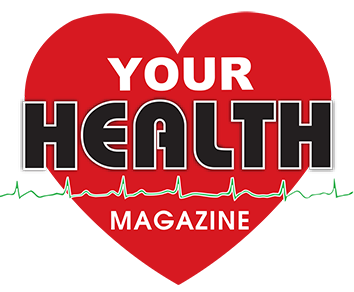
More Pain Management & Rehabilitation Articles
Tips To Avoid Back Pain
Back pain interferes with work, with sporting and social activities, and all aspects of life. Many do not realize the importance of having a strong and healthy back until pain strikes. So what can you do to protect yourself and your family before back pain brings you to your knees?
First, stop smoking. The theory is that smoking damages the blood supply to the spinal discs and related structures in a manner similar to the effects smoking has on coronary arteries (the arteries that supply your heart with oxygen and nutrition).
Another pair of risk factors for low back pain are a sedentary lifestyle and obesity. Physical fitness, including both aerobic exercise, such as walking 20-30 minutes every day, along with balance and strength training, using activities like yoga, can decrease your risk for back pain. But remember to consult with your doctor before launching into an exercise program.
And don't forget a healthy diet, including proper hydration with pure water. The discs of the spine are comprised of up to 90% water, so care for them well by remembering, “You are what you eat”, and what you drink, too.
For the unfortunate who already have chronic back or neck pain, where nothing much has seemed to help, there may yet be hope for you as well. An advancement of an older technology has made a tremendous impact on individuals who have seen their primary physician, physical therapist, chiropractor, and even surgeon with little or no results.
It's known as non-surgical spinal decompression therapy and can be very effective in treating those suffering from a bulging or degenerative disc in addition to facet joint compression syndromes. It provides relief by gently reducing the pressure within the spinal disc and opening compressed spinal joints.
This is accomplished by a computerized table that slowly and painlessly provides a stretch to the spine. This stretching action pulls much needed oxygen, nutrients, and fluid into the injured and degenerative disc allowing healing to begin. Sessions typically last 20 minutes and most people feel pain relief with as few as 6-10 treatments.
Other Articles You May Find of Interest...
- Alleviating Joint Pain in Pets: A Comprehensive Guide
- Sciatica Treatment Options
- How to Promote Bone Fracture Healing? Tips for Faster Healing
- Managing Chronic Back and Neck Pain
- Pervasiveness Of Pain
- Effective Solutions for Lower Back Arthritis: Medial Branch Blocks and Radiofrequency Ablation
- Spinal Compression Fracture Treatment Options

















